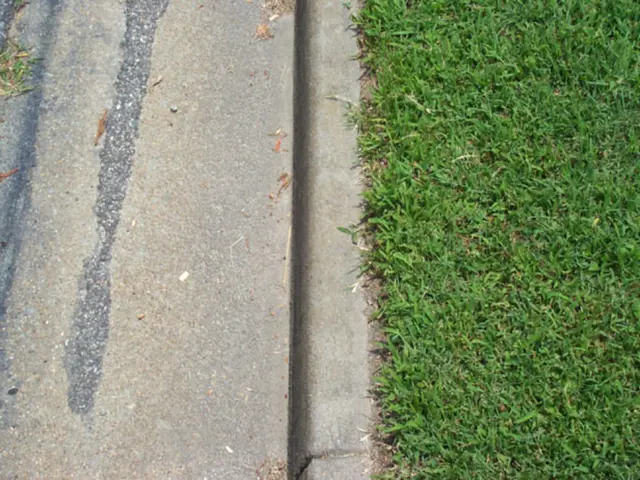Untamed, Unfiltered Skin Guide: Disentangling Age Spots and Skin Cancer
Distinguishing Age Spots from Skin Cancer: Recognizing the Differences
In the chaos of age and sun exposure, our skin often bears the brunt, with age spots and skin cancer being frequent visitors. This concise article unveils the differences between these two entities, equipping you with the knowledge to distinguish between them and recognize possible issues.
Sun-induced Sightings: Age Spots vs. Skin Cancer
- Age Spots (Solar Lentigines or Liver Spots): Age spots are flat, darker patches that appear on the skin, generally yellow, brown, or gray. These are characterized by defined borders, a size ranging from millimeters to centimeters, and a tendency to develop on sun-exposed areas like the face, hands, shoulders, and arms.
- Skin Cancer: Skin cancer, a type of cancer, frequently manifests in sun-exposed areas due to damage caused by UV radiation. If left unchecked, it can be dangerous and spread to other parts of the body.
A Side by Side Comparison of Symptoms
Age Spot Symptoms:
- Flat and smooth
- Yellow, brown, or gray
- Defined borders
- From a few millimeters to centimeters in size
- Common on sun-exposed areas
Skin Cancer Symptoms:
- Symptoms vary depending on the type of cancer
- Potential signs of a cancerous growth:
- Asymmetrical shape
- Blurred, irregular, or ragged edges
- Changing size, color, or shape
- Multiple colors on the same spot
- Pink, blue, purple, black, or brown coloring
- Raised, red patches
- Pale or yellow firm patches, resembling scars
- Pain, itching, oozing, or bleeding
- Crusty or scaly patches
- Raised edges that lower in the middle
Actinic Keratosis:
- Actinic keratoses appear as rough, scaly patches or red, pink, brown, or skin-colored lesions. These can feel sensitive to touch. If these become inflamed, harden, grow quickly, or start bleeding, seek medical attention.
When to Seek Professional Assistance
- Consult a doctor if you notice any unusual changes in your skin, especially new or changing marks that cause discomfort or concern. Early detection is crucial for effective treatment, and your doctor's expertise can offer the insights needed to put your mind at ease.
Diagnosis and Treatment
- A doctor performs a physical examination to diagnose age spots. In cases of uncertainty, a skin biopsy may be conducted to rule out skin cancer or actinic keratosis.
- Treatment for age spots typically involves topical creams, chemical peels, or laser therapy. Skin cancer treatment depends on the type and stage of the cancer and may include a range of options like surgery, radiation therapy, or topical treatments.
Empower Yourself
Armed with this knowledge, you're now better equipped to identify potential skin issues and seek timely medical advice when needed. Stay vigilant, and trust your instincts. After all, your skin matters!
- Seniors, along with others, should be aware of skin conditions like age spots and skin cancer, which can often be caused by sun exposure and UV radiation.
- In the field of dermatology, understanding the differences between age spots (solar lentigines or liver spots) and skin cancer is essential for early detection and effective treatment.
- With melanoma being a type of skin cancer, it's important for individuals to recognize its symptoms, such as asymmetrical shape, changing size, blurred edges, multiple colors, and painful or oozing lesions.
- Regular health-and-wellness checks, along with proper skin care, can help seniors and others identify skin-conditions like age spots, actinic keratosis, and skin cancer, thereby ensuring timely medical intervention.
- Science and medical advancements have provided various diagnostic and treatment options for skin conditions, empowering individuals to take charge of their health and address potential issues proactively.








